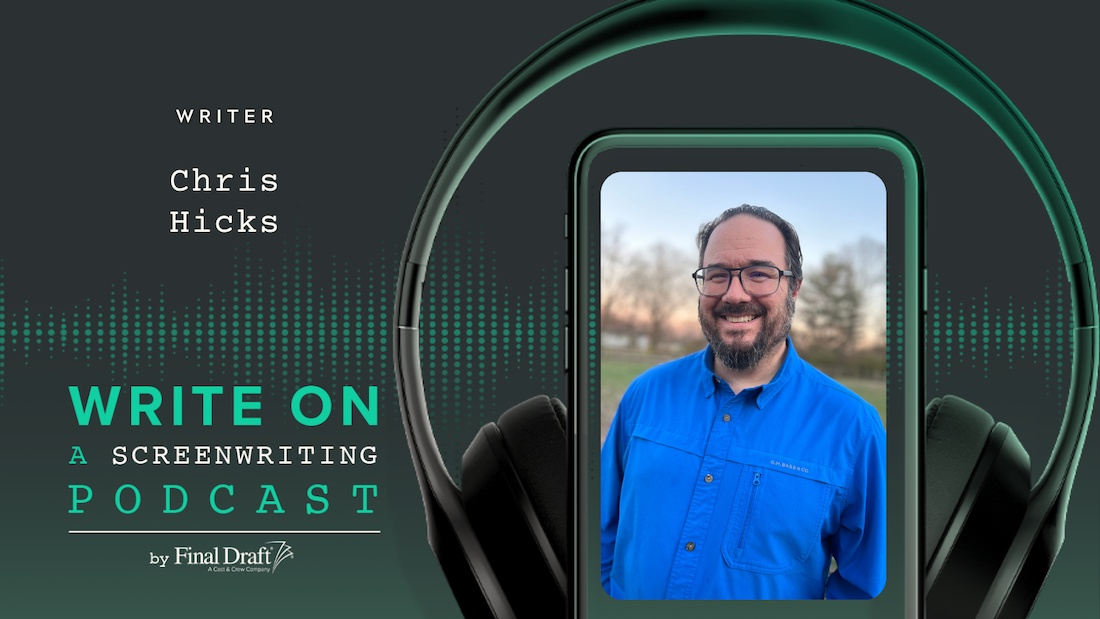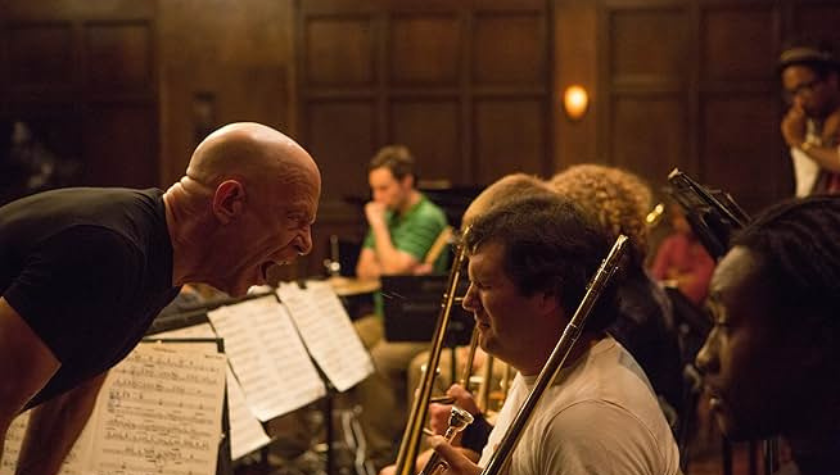What is Screenplay Coverage?
May 1, 2023
You’ve likely heard the term “coverage” used in reference to screenplays, but what is it and how do you get it? To put it in simple terms, coverage is feedback on your script from an industry professional.
Coverage can come from many sources including film studios, producers or literary agencies assessing scripts, it can also come from script contests like Final Draft’s Big Break competition (which is now open for entries!).
The purpose of coverage is to provide a quick and easy-to-read document that evaluates the material so that busy studio execs can determine whether a script is worthy of producing before they invest the time into actually reading it. Coverage is also an incredibly valuable tool to help the writer understand what parts of the script are working and what parts could use improvement.
How Does Coverage Help You?
Coverage usually evaluates the screenplay's plot, characters, themes, structure and writing style. It also provides a summary of its strengths and weaknesses. This is valuable information that can help a writer improve their screenplay.
It's typically written by professional script readers who are hired by production companies, studios, agencies, script consultants or screenplay competitions. Readers are well-versed in the screenwriting craft and have likely read hundreds if not thousands of screenplays, allowing them to offer objective and constructive feedback designed to help the writer.
Read More: Confessions of a Screenplay Contest Reader

What Does Coverage Typically Include?
Coverage usually touches on all aspects of the screenplay. Here’s what to expect:
Summary: The summary may include a logline and should be a brief, concise overview of the story without going into too much detail.
Characters: The character analysis focuses on the screenplay's main characters, their motivations and their relationships with each other. It will likely touch on whether the characters are three-dimensional and believable and examine whether their actions are consistent with their personalities and motivations. If script characters are stereotypical or cliched, that will likely be noted in this section. If a character really leaps off the page and seems like it would appeal to an A-list actor, that might also be mentioned here.
Themes: The theme analysis focuses on the underlying messages and social-political concepts addressed in the story. High-level producers are typically looking for themes that are relevant to today’s culture and appeal to a modern audience and want to know what this screenplay says about our world. The tone of the script may also be addressed here.
Structure: This section evaluates whether the screenplay follows the standard three-act screenplay structure, if the pacing is fast-moving or if the story drags, how conflict plays into the story and if the story arc and the resolution are compelling and satisfying.
Writing style: This section evaluates the screenplay's dialogue, action descriptions and overall writing quality. Is the script a quick and easy read or is it laborious and confusing? Is it overwritten and bogged down with too many details? Or do the pages flow? Is the dialogue natural and believable or do all the characters speak the same way? Though film is a visual medium, the best screenwriters will tell you that a screenplay should be a highly readable document.
Read More: 5 Tips to Better Selling and Grammar

The Overall Recommendation
The overall evaluation section is the most important part of the coverage because it provides a recommendation on whether the script should be considered for production. The evaluation takes into account all pieces of the screenplay and commonly uses these terms: Recommend, Strong Consider, Consider, Consider with Reservations and Pass.
Obviously, all writers want their script to be a “Recommend” which is the highest assessment you can get. But getting a “Strong Consider” or “Consider” can help your script get noticed, too, especially if the concept is seen as highly marketable.
“Consider with Reservations” usually means there are some really great things happening in the screenplay, but it needs a significant rewrite and the story won’t work unless time and effort are invested into the process.
A “Pass” means the script just isn’t ready to move into production and is likely too amateur, confusing or simply not fresh and compelling enough to compete with other scripts. But even if your script gets a “Pass,” there is still a lot to learn from this process. Keep in mind that a “Pass” does not necessarily mean that the script is bad – it might just need major revisions or maybe isn’t seen as a good fit for the current market.
Final Draft's Big Break Contest offers a coverage option for entrants. The contest reader will provide a more condensed version of coverage with an eye toward revision rather than passing judgement with an overall recommendation. Look for the "feedback" option when submitting and you'll receive at least 550 words of assessment from a competition reader.
How Coverage Can Help Your Writing
Getting feedback on your screenplay can be an incredibly valuable tool when it comes to developing your writing skills and style.
It’s a sounding board for what is working and what isn’t. Just remember you’re getting one opinion and it should always be taken with a grain of salt.
No one wants to hear that their screenplay needs work, but the reality is that Hollywood is incredibly competitive and a few notes from an experienced reader may just be the thing you need to make your next draft soar.
Nearly every script that becomes a film goes through 10+ rewrites, so don’t get discouraged, just get re-writing!
Written by: Shanee Edwards
Shanee Edwards is an L.A.-based screenwriter, journalist and novelist who recently won The Next MacGyver television writing competition to create a TV show about a female engineer and was honored to be mentored by actress/producers America Ferrera. Shanee's first novel, Ada Lovelace: The Countess Who Dreamed in Numbers was published by Conrad Press in 2019. Currently, she is working on a biopic of controversial nurse Florence Nightingale. Shanee’s ultimate goal is to tell stories about strong, spirited women whose passion, humor and courage inspire us all.



